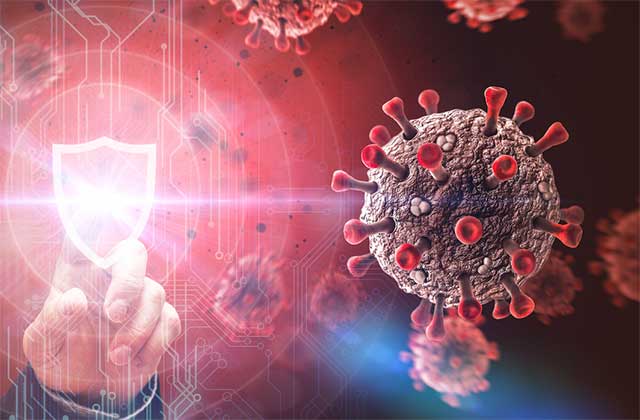7 Things You Need To Know About Herd Immunity
As the world confronts the Covid-19 pandemic, it is highly likely that you already heard a lot of discussion about herd immunity and its promise of getting our lives back to some appearance of normality. You might also hear that achieving herd immunity “is disastrous” that causes insuperable deaths. But what is the real deal?
The answer is both, despite sounding like it does not make any sense. We just need to grasp what herd immunity is, how it can be achieved by a population and the inherent risks of achieving it solely through infections. Here are seven things that you need to know about herd immunity.
- Definition of herd immunity
Herd or community immunity is an occurrence when a high percentage of the population is already resistant to a certain disease, say Covid-19, using vaccination and/or previous illness which makes the person-to-person spreading of the disease unlikely. Individuals who have not been vaccinated like newborn babies, pregnant women and the immunocompromised are even provided with some protection since the said disease has a very low chance to contaminate within the community.
- Herd immunity is dependent on the disease’s contagiousness
If the disease easily spreads like measles, herd immunity can only be achieved in a community when a higher number of individuals are already immune to it. And since herd immunity protects the most vulnerable in the community, these susceptible individuals who cannot get vaccinated will be protected if enough people are already vaccinated against the threatening diseases since the germ can no longer “find” them.
So for Covid-19, which is a highly contagious disease, we can only achieve herd immunity if a large percentage of the population will develop immunity against the disease either through infection or vaccination. We do not know yet when will that be achieved. All it is dependent on is how many people become resistant after being infected with Covid-19, when will the general public have access to the vaccine and the number of people who get vaccinated.
- Outbreaks of vaccine-preventable diseases may arise
In 2019, the United States had recorded 1,282 cases of measles even if it had already been declared eliminated back in 2000. Outbreaks such as this may still happen when only too few individuals in the community get vaccinated. Usually, outbreaks kick off with an imported case such as a person who has travelled outside the U.S. or an individual who comes in contact with an unvaccinated person. These infected individuals will then expose defenceless members of the population to the disease.
- Reasons why people are vulnerable to get infected
After some time, the amount of the protection provided by the vaccines “declines” or “fades away”. Other people may have not completed the shots required for complete protection. For example mumps, measles, and rubella where you need two injections for adequate protection. Some may only receive one with the wrong belief that they are already protected. Objections may also arise due to religious reasons, fears of possible side effects, or doubts about the benefits the vaccines can offer.
- The downside of herd immunity
Among the drawbacks of herd immunity is that those individuals who share the same beliefs about vaccinations most often reside in the same locality, go to the same religious services, or attend the same school. Hence, the tendency is that a large group of unvaccinated individuals are close together. If the percentage of vaccinated people in a locality is below the threshold for herd immunity, there is a higher risk for exposure to a communicable disease to spread on the double throughout the community.
- Herd immunity is inevitable
In time, we will ultimately achieve herd immunity through vaccination or infection or both. However, in the case of Covid-19, people cannot afford to maintain strict social distancing and shelter in place for an unlimited or unspecified period as we wait on a vaccine. Nevertheless, the reopening of the economy must be contingent on the country’s state of readiness to do testing, tracing, and isolation of infected individuals. In the meantime, we must hold on to flattening the curve to prevent the collapse of hospitals and the public health system, and for doctors and researchers to have enough time to know more about the disease and its treatment so that the number of deaths will be reduced.
The long-term goal is achieving herd immunity through vaccination since this means getting back to normality. But to achieve it through infection spells out our failure.
- Things you need to do
You need to consult a healthcare professional about you and your family’s immunization status and if you are all up-to-date on your shots. For Covid-19, you need to get vaccinated once the vaccine is readily available. And regarding vaccinations, always stay on schedule to not keep you protected, but also to keep safe your loved ones and the entire community.
If there are things that you specifically want to know about diseases, vaccinations, and how to stay protected, you can reach out to an online doctor Ontario. Excellent healthcare providers are always there to help you out.
